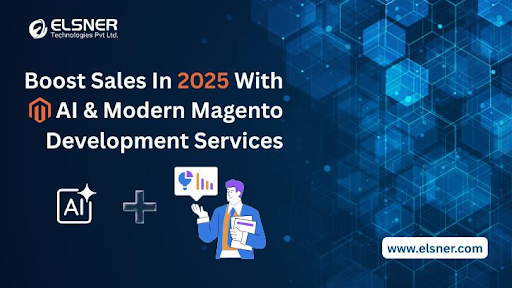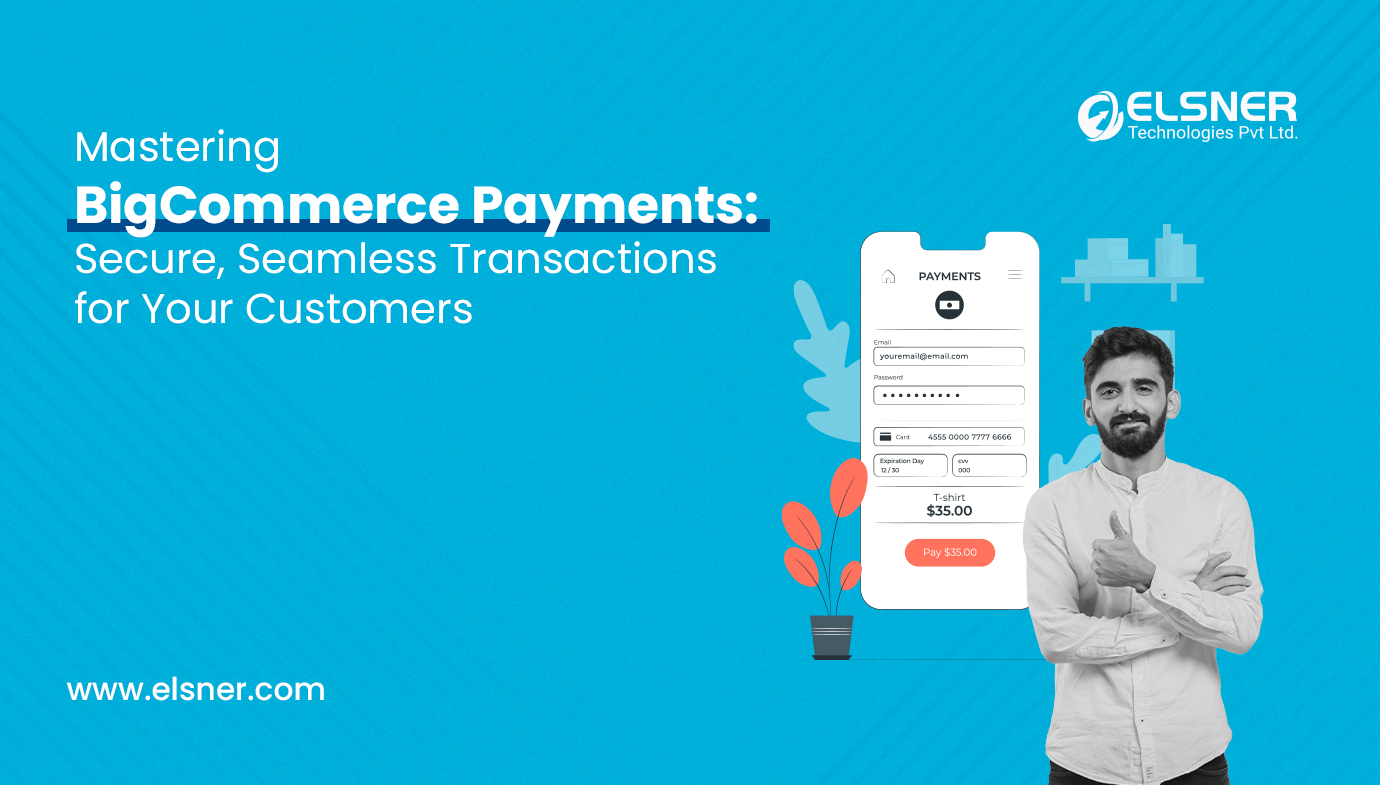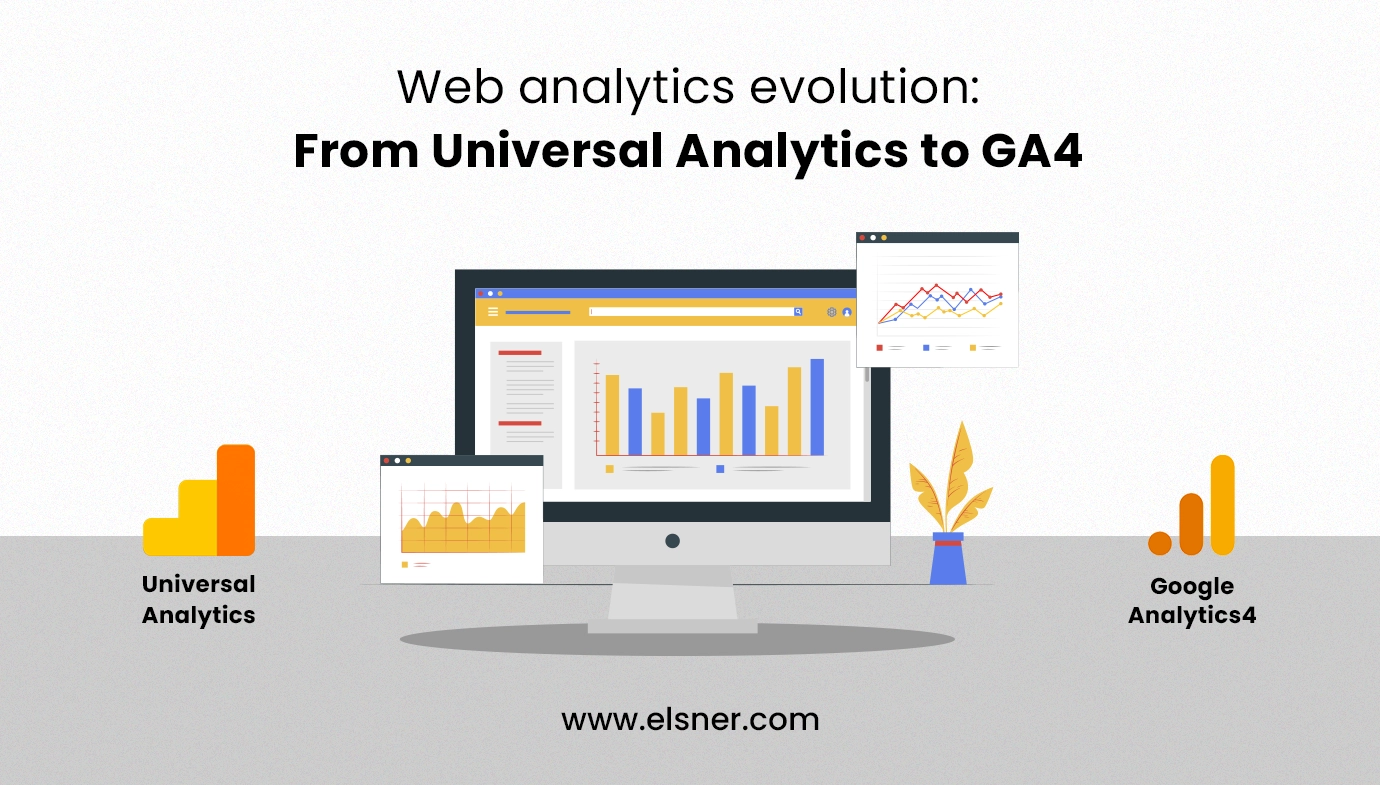The Minimum Viable Product or MVP is a development procedure wherein another item is presented in the market with essential features, yet enough to definitely stand out from the users. The end result is released in the market solely after getting adequate input from the item’s underlying clients.
This implies that clients should get a functional, reliable, usable, and attractive solution. Each high level capacity should be barred from an MVP. Just the capacities that are important to satisfy the genuine reason for the item are to be incorporated. This saves a great deal of time, work, and money.
What is the Function of an MVP?
With a budget of $200,000, developing a completed product takes an average of 6 to 8 months. As a consequence, you have a finished product that you can sell. Then you wait for customer feedback – they’ll either like it or dislike it. If your product does not appeal to people, the time and money you spend producing it is a waste of your time and money.
Because only basic features are necessary before you can begin receiving genuine input on the concept, the MVP technique helps you to accelerate the product’s debut. MVP design and development typically take 1 to 1.5 months and cost $10,000 to $15,000.
What is the significance of a minimal viable product?
An MVP assists you to obtaining early data that validates consumers’ interest in your product.
Positive MVP results provide the go-ahead to construct the complete version.
By developing and testing a minimal viable product, you can:
- Save time and money by ensuring that you’re investing in a project that has a good chance of success.
- Determine whether or not the product is appealing to potential customers.
- Determine which trends you can use to your benefit while constructing the complete version of the product.
- Build a possible user base and identify early adopters.
- Save time and money on final product development.
- Attract investment sooner.
MVP Varieties
Pre-order — this kind focuses on testing or funding a planned project. The project is offered on a website or landing page, and buyers can express interest or contribute monetarily through crowdfunding. When a specific volume is reached, the developer can begin designing or possibly manufacturing the product.
Audience building – MVP is an audience building acronym. MVP may utilise any platform that puts them in direct contact with their target audience: simply upload your idea and try to gain feedback from possible clients. The input gathered will assist you in adapting your MVP directly to consumer requirements at an early stage. If, after a period, it becomes clear that there is a developing fan following, the next step should be to release an MVP to the market. This method works well for normal internet items or services due to the nature of the situation.
Landing page – The simplest approach to test is to create a landing page where interested parties can purchase a product. The purpose of this website is to do advertise about product. Operators may determine how many individuals saw the product (site visits) and how many purchased it.
Explanatory – Videos are the simplest and most effective technique for an MVP. They enable you to rapidly and successfully communicate core functional concepts and client advantages. The better you do with such a video, the faster you will be able to engage potential consumers.
Wizard of Oz – With this method, you create the illusion of a true, fully working automated product, but it is actually operated manually. This method has the advantage of being relatively low-cost to design while offering quick client feedback.
One function – This is the most basic type of MVP. You supply clients with one central and beneficial feature and then expand based on their response.
Examples of MVPs.
Foursquare — Check-ins and badge-based awards were included in the Company’s MVP.
Following an evaluation of first user reactions, the developers began to improve the application, adding suggestions and city tours. Foursquare now has 50 million users who have checked in over 8 billion times.
Instagram — initially, the MVP was primarily concerned with picture filters. Users may shoot photos, add one of the suggested filters, and store the images to their smartphone in an album. The programme was popular among users. It has now been enhanced with videos, geography, tagging, hashtags, and interaction with other social networks.
Amazon — Jeff Bezos compiled a list of things that may be offered online at the time in 1990. His original list consisted of 20 categories. Later, he narrowed his choices to just five: books, CDs, movies, computer hardware, and software. He built a modest website with a book catalogue. When a customer ordered a book, Bezos purchased it from a distributor and shipped it to the customer.
The website evolved and scaled over time. Amazon now sells a wide range of items and is one of the world’s leading retailers.
Facebook — the popular social network began as Facebook. The MVP was created to link students in the same class or college. Users on Facebook may publish posts to message boards. All additional features were introduced after the MVP’s success.
Airbnb — Joe Gebbia and Brian Chesky were living in a loft apartment and were having trouble paying their rent. They devised a plan for providing lodging for visitors to San Francisco. They created a modest website, showed a few images of their home, and received three visitors. Today, the start-up generates $2.6 billion in annual sales.
I have to do some kind of research for the MVP and we need to do the need full action which is based on the MVP kind of thing.




